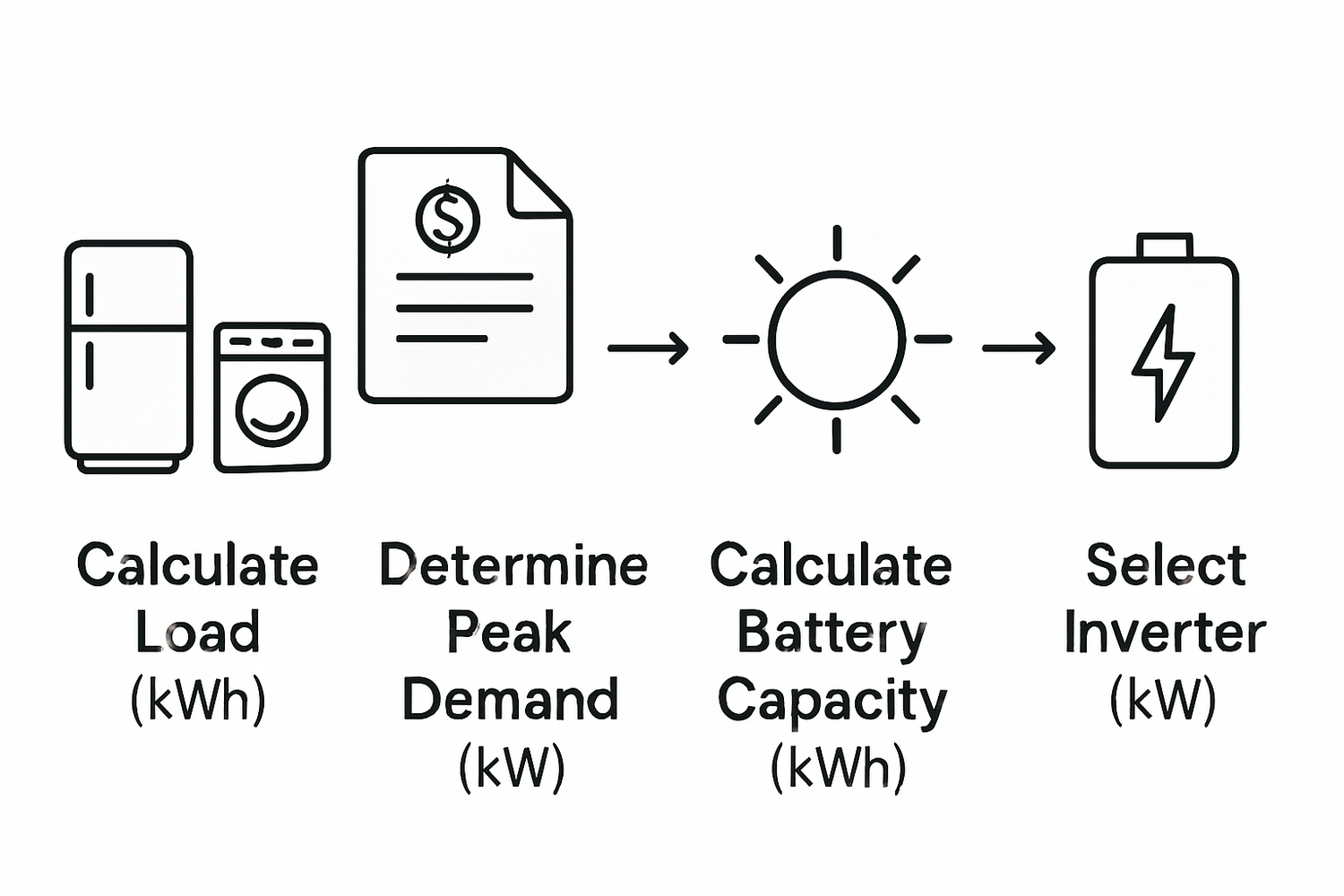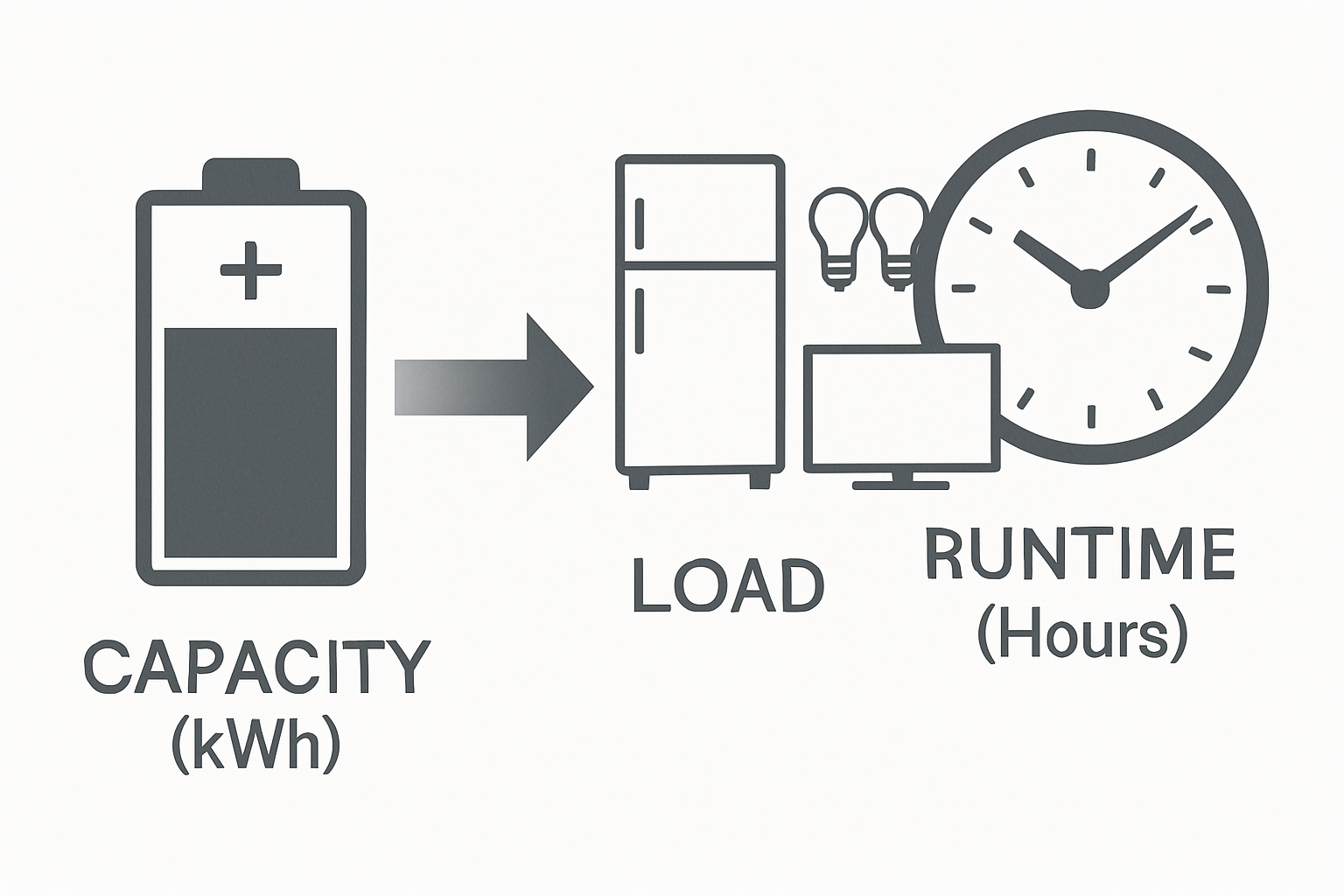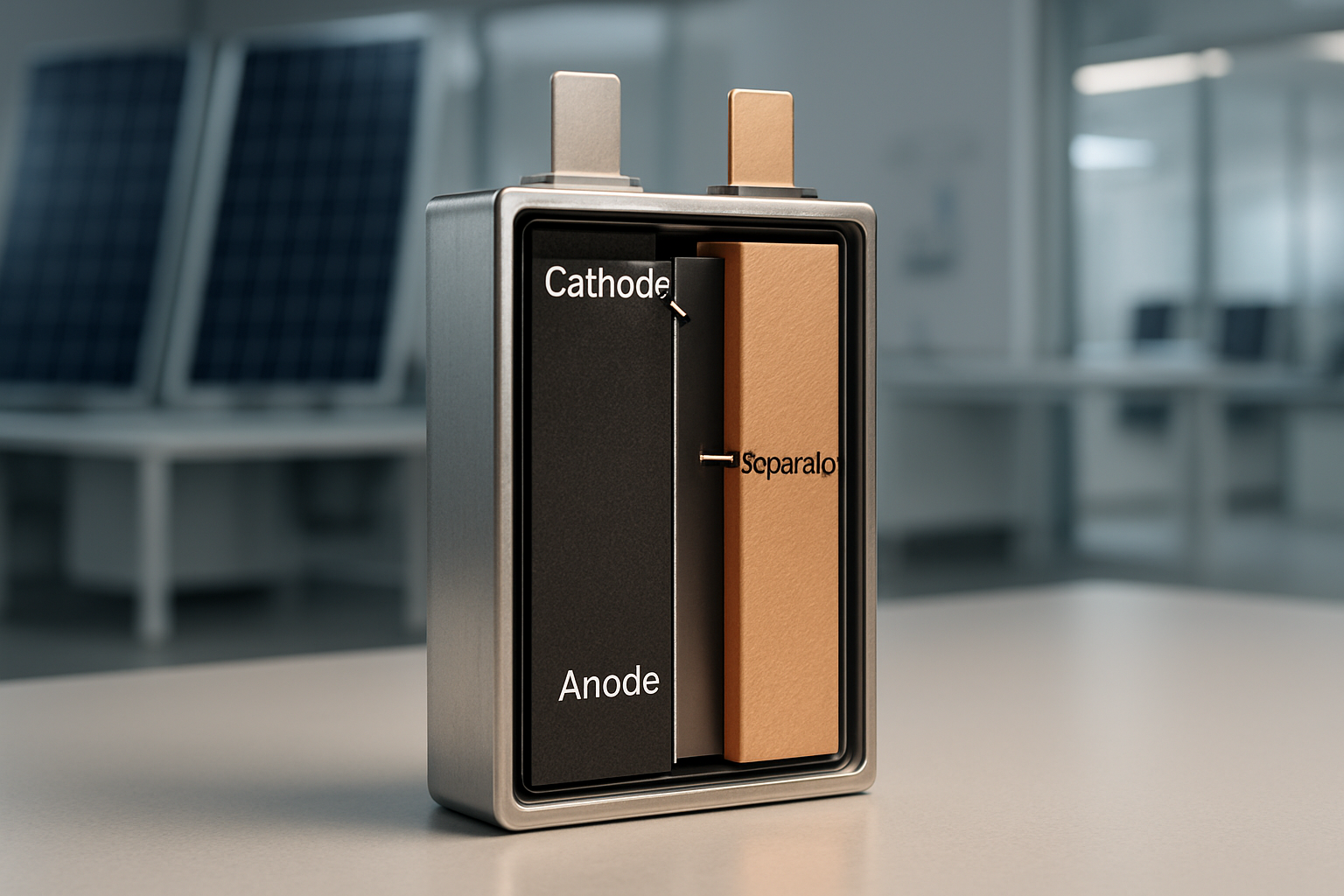Choosing the right size for an energy storage system can feel like a complex puzzle. It's about more than just picking the largest battery; it involves a careful balance of your energy habits, goals, and future plans. An undersized system may leave you without power when you need it most, while an oversized one can be an unnecessary expense. This guide provides a clear, step-by-step blueprint to accurately size your system, ensuring reliability and cost-effectiveness for years to come.
Step 1: Laying the Foundation - Your Energy Consumption Profile
Before you can size a battery, you must first understand your own electricity usage. This foundational step is the most critical part of the process, as all subsequent calculations depend on its accuracy.
Auditing Your Daily Energy Use
The first task is to determine your average daily energy consumption, measured in kilowatt-hours (kWh). You can often find this information on your monthly utility bills. For a more precise measurement, conduct a load audit. This involves listing every appliance you plan to power, its wattage, and the number of hours you use it each day. Multiplying the wattage by the hours of use gives you the daily consumption in watt-hours (Wh) for each device. Summing these up provides your total daily energy need.
| Appliance | Power Rating (Watts) | Daily Hours of Use | Daily Energy (Watt-hours) |
|---|---|---|---|
| Refrigerator | 150 W | 8 hours (cycling) | 1200 Wh |
| LED Lights (x10) | 10 W each (100 W total) | 5 hours | 500 Wh |
| Laptop | 65 W | 6 hours | 390 Wh |
| Wi-Fi Router | 10 W | 24 hours | 240 Wh |
| Total | 2330 Wh or 2.33 kWh |
Identifying Critical vs. Non-Critical Loads
Not all power usage is equal, especially during an outage. It's essential to differentiate between your loads. Critical loads are devices that must remain operational, such as refrigerators, medical equipment, lights, and communication devices. Non-critical loads are things you can live without temporarily, like entertainment systems or certain kitchen appliances. Separating these helps you prioritize and size a system specifically for backup power, which can be much more affordable than a whole-home solution.
Accounting for Peak Demand
Peak demand is the maximum amount of power (measured in kilowatts, or kW) your home draws at any single moment. This typically occurs when multiple high-power appliances, like an air conditioner and a microwave, start up simultaneously. This figure is crucial for sizing your inverter, the component that converts DC battery power to AC power for your home. The inverter must have a continuous power rating and a surge rating high enough to handle these peaks without shutting down.
Step 2: Defining Your Energy Goals
With a clear picture of your energy use, the next step is to define what you want your energy storage system to achieve. Your primary goal will significantly influence the final size and cost.
Backup Power: How Much Autonomy Do You Need?
For many, the main goal is resilience during grid outages. Here, the key metric is 'days of autonomy'—the number of days your system can power your critical loads without any solar charging. Sizing for one day of autonomy is very different from sizing for three consecutive cloudy days. More autonomy provides greater peace of mind but requires a proportionally larger (and more expensive) battery bank.
Self-Consumption & Time-of-Use Optimization
Another popular goal is to maximize the use of your solar energy. Instead of sending excess solar power to the grid, a battery stores it for use in the evening. This strategy, known as self-consumption, is particularly valuable for customers on Time-of-Use (TOU) electricity plans. You can store low-cost solar energy during the day and use it to avoid purchasing expensive grid power during peak evening hours, leading to significant bill savings.
Achieving Full Energy Independence (Off-Grid)
Going completely off-grid is the most demanding scenario. It requires a system robust enough to handle 100% of your energy needs, including worst-case scenarios like long periods of bad weather. This necessitates a significantly larger solar array and battery bank to ensure a consistent power supply year-round.
Step 3: Translating Needs into Technical Specifications
Now it's time to convert your energy audit and goals into the technical specifications for your battery and inverter. This is where the blueprint comes together.
Calculating Required Battery Capacity (kWh)
The core formula for battery capacity is straightforward:
Required Capacity (kWh) = (Total Daily Energy Needs in kWh × Days of Autonomy) / Depth of Discharge (DoD)
Depth of Discharge is a critical factor; it represents the percentage of the battery's total capacity that you can safely use. Modern LiFePO4 (Lithium Iron Phosphate) batteries excel here, offering a high DoD of 90-100%, meaning you get to use nearly all the stored energy. For a deeper look into how factors like DoD impact real-world performance, the ultimate reference on solar storage performance offers valuable data and insights.
Determining the Right Inverter Size (kW)
As mentioned, your inverter size is dictated by your peak demand. Its continuous power rating should be higher than the total wattage of all appliances you might run simultaneously. Its surge rating must be able to handle the startup load of your most demanding appliance, like a well pump or air conditioner. A common practice is to add a safety margin of 20-25% to your peak load calculation to select an appropriate inverter.
System Efficiency and Other Losses
No energy system is 100% efficient. Energy is lost during the conversion from DC to AC power in the inverter and during the charging and discharging of the battery (known as round-trip efficiency). It's wise to add a buffer of about 15-20% to your final battery capacity calculation to compensate for these inevitable system losses and ensure you have the power you expect.
Step 4: Future-Proofing Your Investment
A well-designed system not only meets your current needs but also accommodates your future ones. Thinking ahead can save you significant costs and complexity down the road.
Planning for Future Growth
Your energy needs may change. Are you planning to purchase an electric vehicle (EV) in the next few years? Or perhaps switch from a gas furnace to an electric heat pump? These additions can dramatically increase your electricity consumption. Factoring potential future loads into your initial design can help you avoid needing a costly system overhaul later.
The Value of Scalability
One of the best ways to future-proof your system is to choose a modular, scalable design. This allows you to start with a battery bank that meets your current needs and budget, with the option to easily add more capacity later. As the U.S. Department of Energy's Solar Futures Study highlights, solar and storage adoption is set to grow rapidly, and technologies are continuously improving. A scalable system ensures you can adapt. The International Renewable Energy Agency (IRENA) also notes that the economic viability of storage projects depends on their ability to adapt to changing needs and market conditions, making modularity a key advantage.
Putting It All Together
Sizing an energy storage system correctly is a methodical process, not a guess. By following this four-step blueprint—auditing your loads, defining your goals, calculating your technical needs, and planning for the future—you can design a system that is perfectly tailored to you. A properly sized system delivers the right balance of performance, reliability, and cost, empowering you with energy independence and security.
Disclaimer: This article is for informational purposes only and does not constitute financial or investment advice. Consult with a qualified professional before making any decisions about your energy system.
Frequently Asked Questions
What's the difference between kW and kWh?
Think of it like speed and distance. A kilowatt (kW) is a measure of power, or how much electricity you can use at one time (your speed). A kilowatt-hour (kWh) is a measure of energy, or the total amount of electricity you have stored (the distance you can travel). Your inverter is sized in kW, while your battery capacity is measured in kWh.
How does temperature affect my battery sizing?
Extreme hot or cold temperatures can impact a battery's performance and reduce its effective capacity. If your battery will be installed in a location with significant temperature swings, like a garage or an outdoor shed, it's important to consider this. LiFePO4 batteries generally offer better performance across a wider temperature range compared to other chemistries, but you may still need to oversize slightly in harsh climates.
Can I add more batteries to my system later?
This depends entirely on the system's design. The most effective way to ensure future expansion is possible is to choose a modular system specifically designed for scalability from the outset. This allows for seamless integration of new batteries without compatibility issues. Attempting to add batteries to a system not designed for it can be complex and is often not recommended.





Leave a comment
All comments are moderated before being published.
This site is protected by hCaptcha and the hCaptcha Privacy Policy and Terms of Service apply.